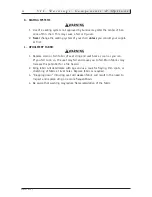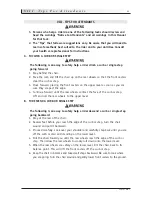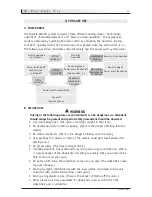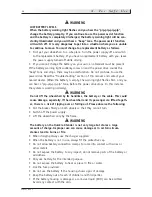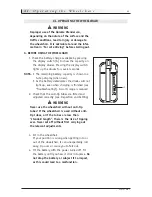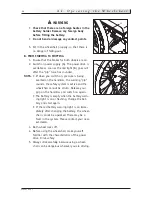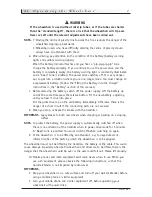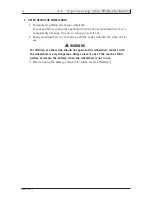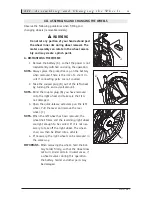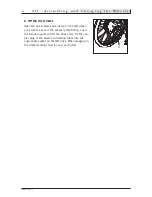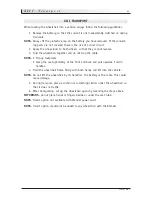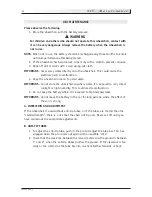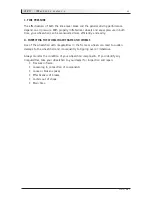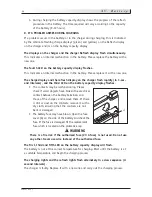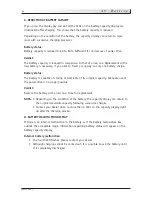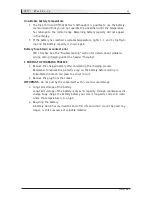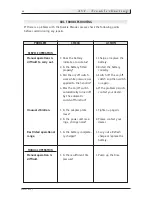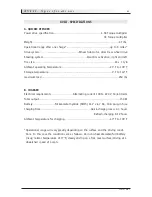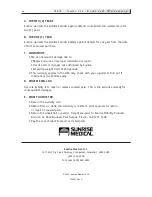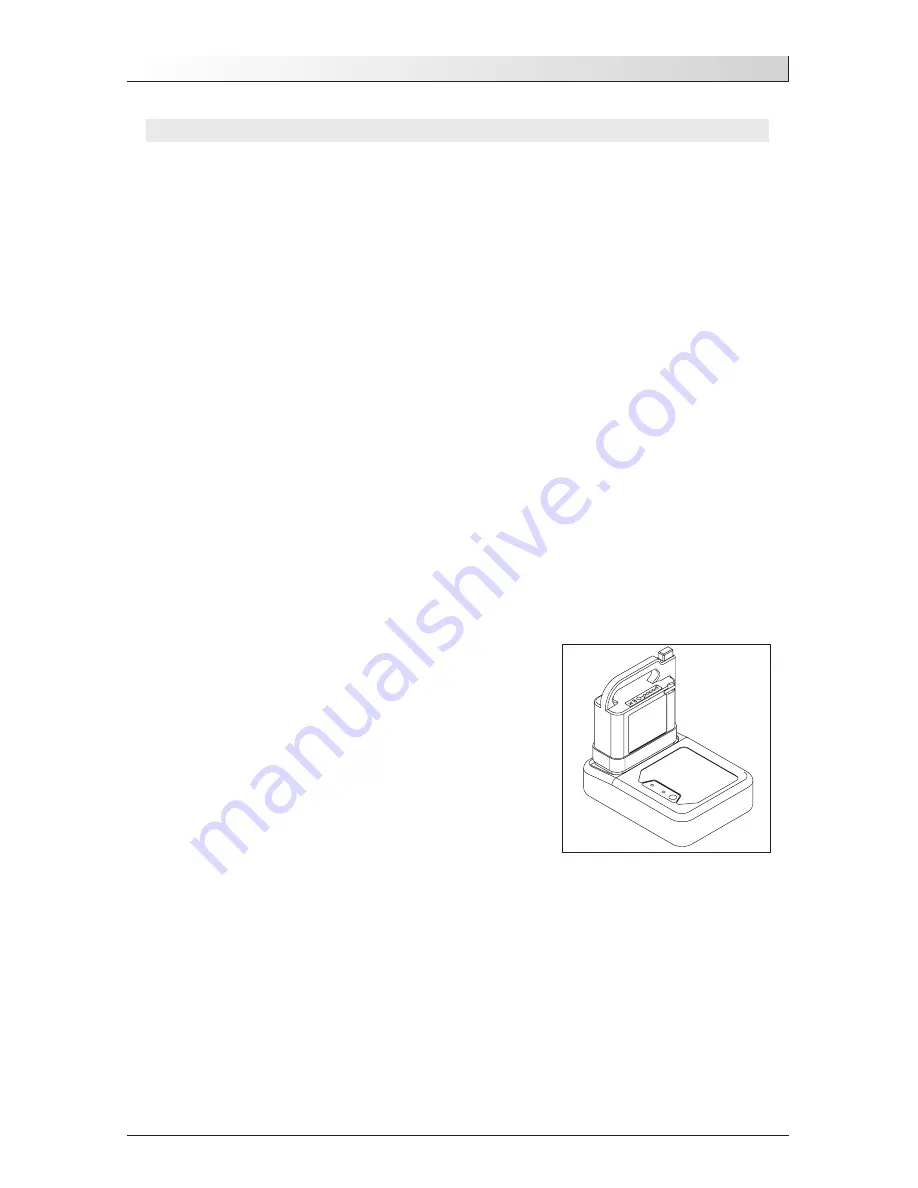
X V . B a t t e r y
930547 Rev. C
34
XV. BATTERY
Although the battery on the Quickie Xtender is very compact, it can store a large
amount of power. Faulty handling can damage the equipment and in some cases can
result in burns or fire.
A. CHARGING ENVIRONMENT
For charging, select an area which meets the following requirements:
•
room at normal temperature, not subject to large variations in temperature.
•
flat and stable floor space
Avoid the following environments when charging a battery:
•
rooms with excessive temperatures, e.g. with direct sunlight or close proximity
to a stove. Also rooms in which the temperature falls below freezing, e.g.
unheated rooms in winter.
Charging cannot begin if the battery temperature is too high or too low.
•
Damp places, e.g. outside in the rain or near a wash basin.
There is the risk of a short circuit or an electric shock.
•
Areas where objects can be placed on or near the charger.
During charging the charger can heat up and consequently not function properly.
•
Areas where small children or household pets could come into contact with the
charger.
There is the risk that they may get hurt and/or that the equipment will be damaged.
B. FITTING THE BATTERY INTO THE CHARGER
For charging, use no other equipment than the autho-
rized charger. There is the risk of causing a fire or the
possibility that the battery could be damaged.
1. Use the connecting cable supplied to connect
the charger to the power supply.
2. The battery you want to charge should be at an
appropriate temperature between 10°F and
105°F.
IMPORTANT–
to protect the battery, only start charging when a battery which is too
warm has cooled down to the temperature given. As the battery will heat
up straightaway when the wheelchair has been used on a warm summer
day, it must be cooled down to an appropriate temperature before charging.
3. Push the battery carefully into the battery housing until it touches the bottom.
Do not jolt or drop the battery, as this can lead to a malfunction.
IMPORTANT–
•
Do not place your hand or any object on the battery housing contacts in the
charger.
•
Check for foreign bodies in the battery housing and remove them.
•
Do not bend or damage the charger contacts.

